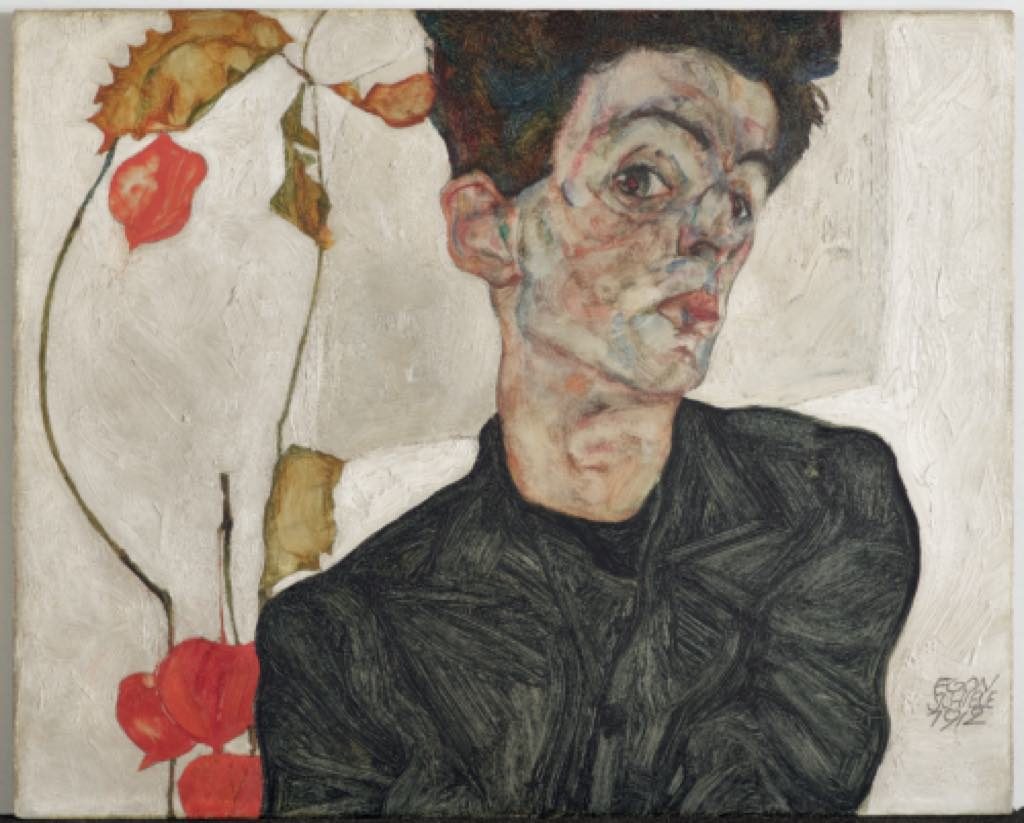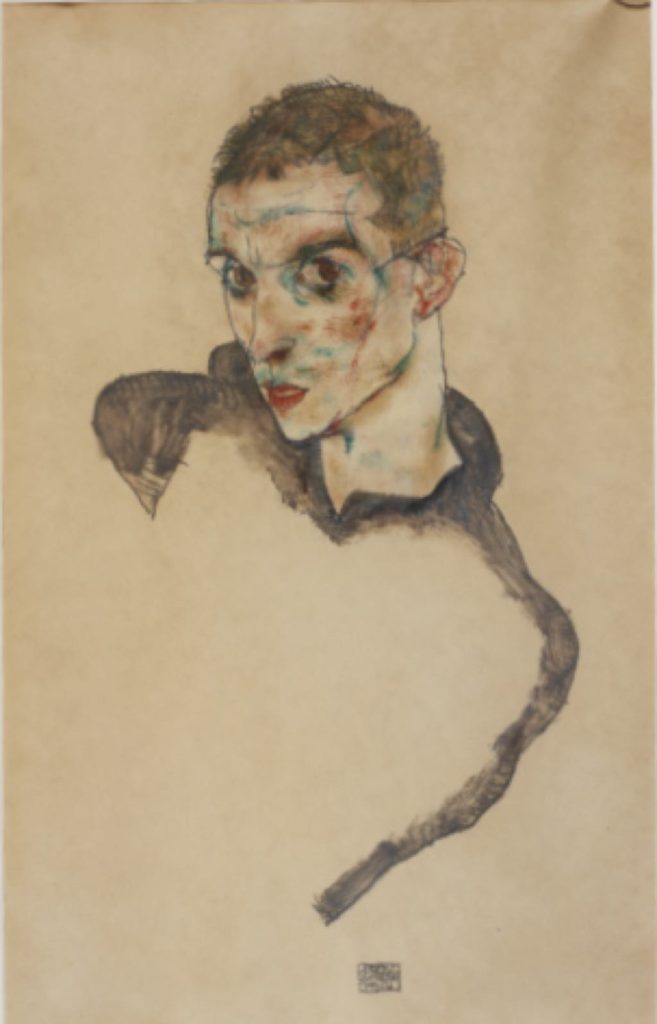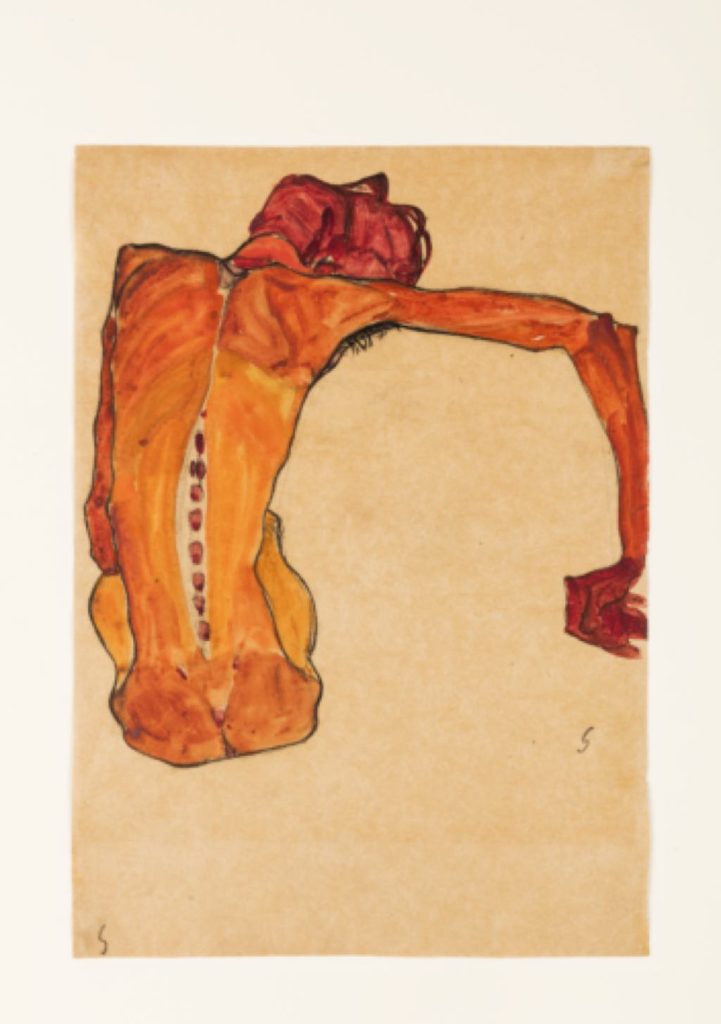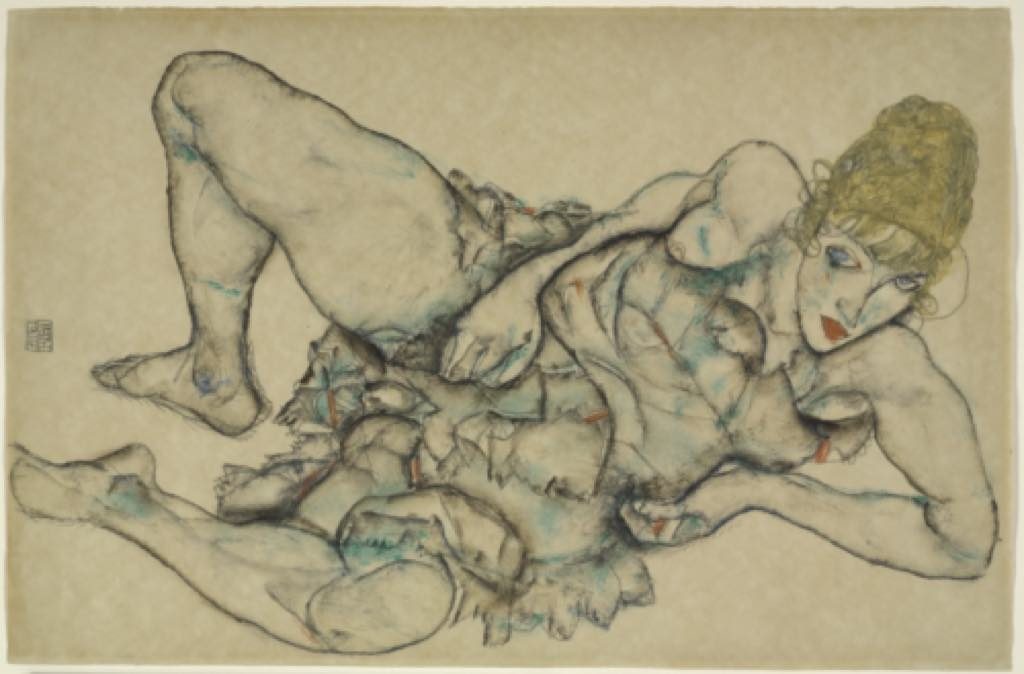The Fondation Louis Vuitton in Paris is simultaneously holding two blockbuster exhibitions, one on Jean-Michel Basquiat (1960-1988) and the other on Egon Schiele (1890-1918).
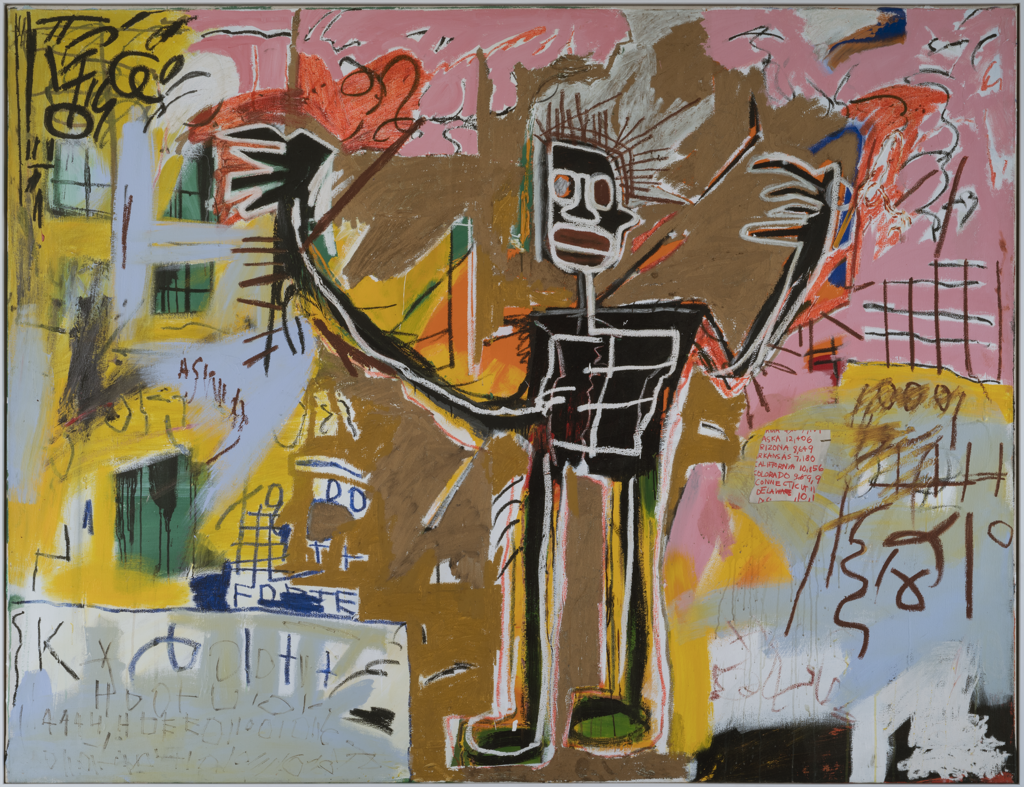
The show on Basquiat, a young painter who went from being an iconoclast to an art-market icon (one of his paintings fetched over $110 million at auction last year, outstripping even Basquiat’s one-time friend and mentor, Andy Warhol), is a major retrospective, with over 120 works from his short career, some of which have never been exhibited before.
Like Basquiat, Schiele died at a tender age (28, of the Spanish flu; Basquiat died 80 years later at 27 of a heroin overdose), and like Basquiat’s, his bold expressionist works were shocking and controversial in their time.
As Bernard Arnault, the billionaire art collector and president of the Louis Vuitton Foundation, puts it, the two artists share a number of traits: “virtuosity, the pre-eminence of the body, the expression of a raw and sometimes tortured subjectivity.” They were also amazingly prolific, with an output that was both acclaimed and attacked and in their lifetime.
Basquiat being quite a known quantity, however, it is the Schiele exhibition that comes as the greatest surprise, almost a shock. It immediately captures the attention with a group of drawings that demonstrate Schiele’s mastery of the line and then goes on to fascinate with his watercolors (the relatively few oil paintings in the show, with their muddy colors and compositions, don’t make the same powerful impression as the drawings and watercolors).
While he was originally under the spell of his mentor, Gustav Klimt, Schiele very soon broke away from both his influence and the strictures of academic art, going his own strange way, carried along by his talent and facility for drawing.
The show goes on to create a shock effect with such idiosyncratic and disturbing works as “Seated Male, Back View” and “Nude with Raised Leg, Back View” (Self-Portrait), both watercolors dating from 1910 that show the human body from weird viewpoints, creating deformed-looking figures painted in unusual colors. The former, like some other works in the show, is an orangey-red that makes the skin look flayed, while the latter looks almost like marbled paper in a variety of sickly colors.
The figures in some of these paintings look so deformed and twisted that they made me think of the work of a later artist, Francis Bacon, while the extreme elongation of many of the figures called to mind El Greco, although without the religious subject matter and beautiful colors.
If these pictures look shocking today, imagine what they looked like in early-20th-century Austria with their misshapen figures and often sexual content. The reaction was predictable. Schiele was even thrown in jail for a month in a town near Vienna, accused of molesting an underage girl. The charges were eventually dropped, but he was convicted of showing erotic drawings where children could see them.
Pairing Basquiat and Schiele, two enfants terribles who share a certain frenetic expressionism in their very different and often disturbing works, was a brilliant idea. Don’t miss these two shows.
Favorite
